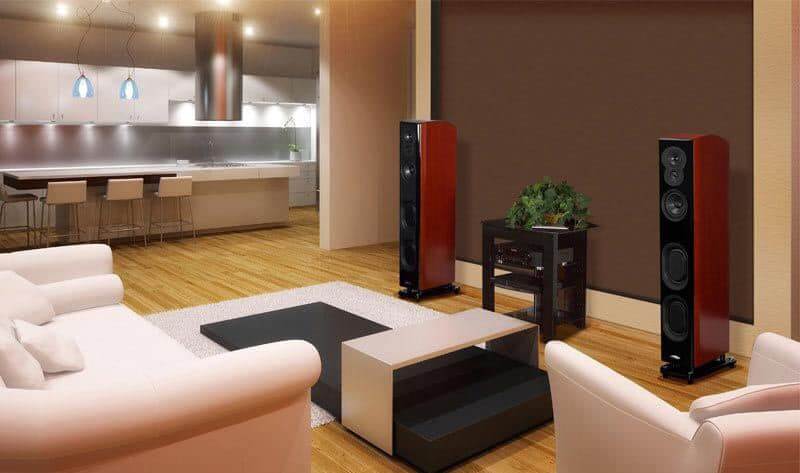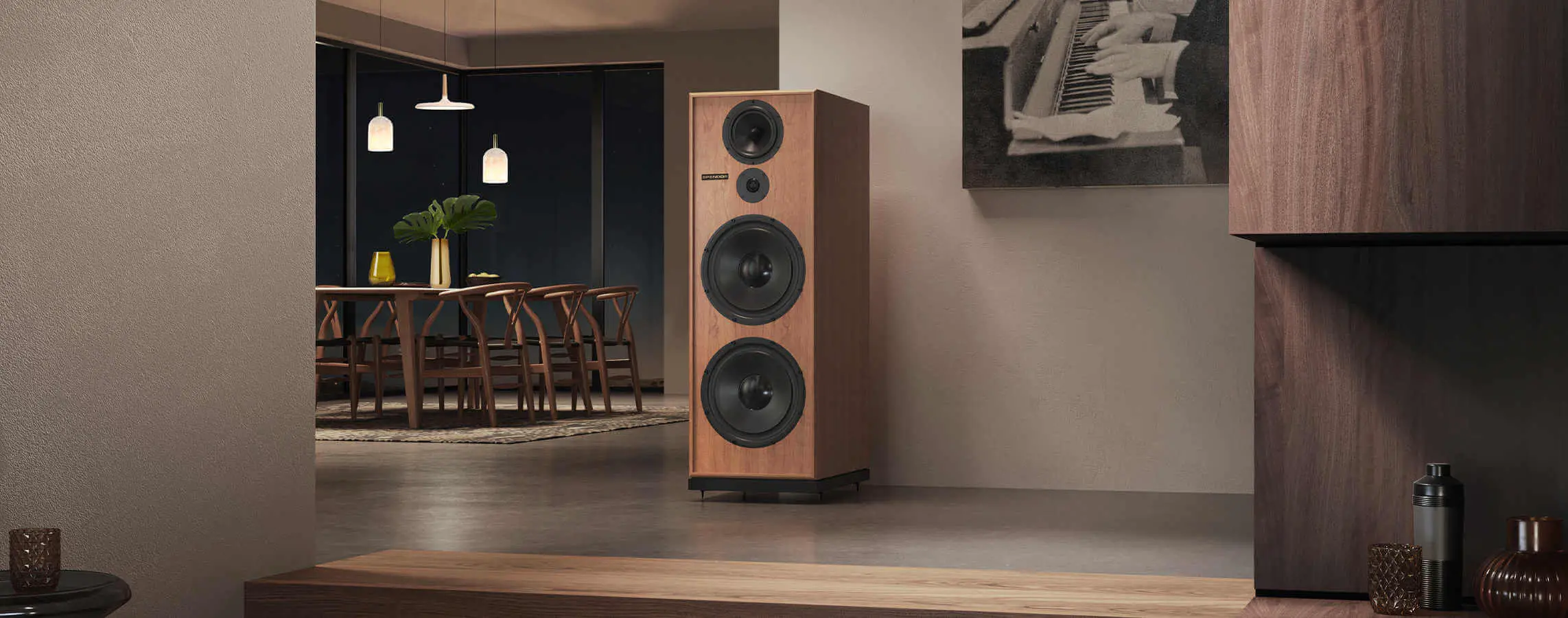The Complete Speaker’s Guide – Speaker Q&A
What are the components of the speaker?
There are all kinds of speakers on the market, but they are composed of the two most essential parts, the speaker unit, and the cabinet. In addition, most speakers use at least two or more speaker units to implement so-called multi-channel crossover playback, so the crossover is also an indispensable component. Of course, there may also be sound-absorbing cotton, inverted tubes, and folded labyrinth pipes in the speakers. But these components are not vital for any speaker. The essential elements of the speaker are only three parts: the speaker unit, the cabinet, and the crossover.
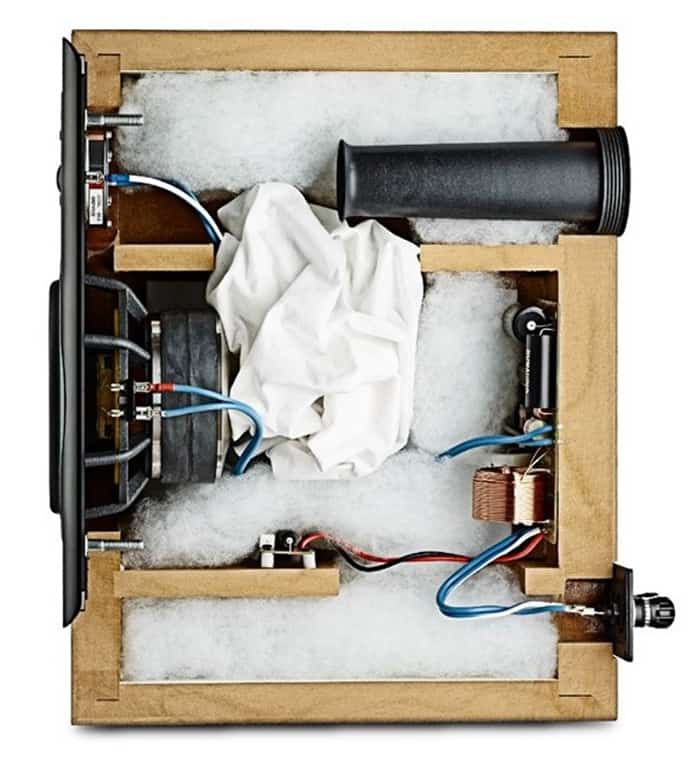
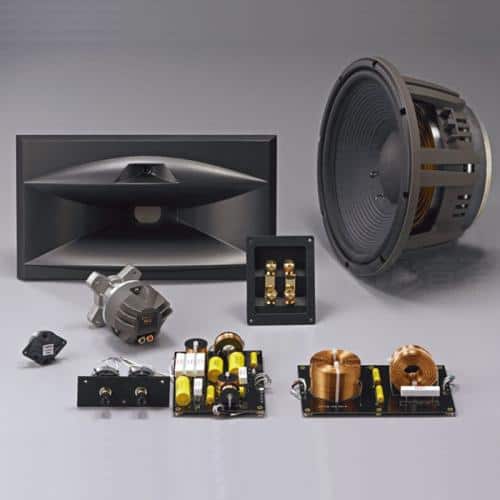
Why do speakers have a different number of units?
The speaker unit plays the role of electro-acoustic energy conversion. It converts the electrical signal sent by the power amplifier into sound output. It is the most critical part of the speaker. The performance and audio quality of the speaker depend greatly on the performance of the speaker unit. Therefore, the prerequisite for making a good speaker is to select a speaker unit with excellent performance.
The speaker unit’s performance requirements can be summarized as low distortion, full frequency response, excellent transient response, and high sensitivity. However, it is tough to take into account the distortion, transient, power, and other performances simultaneously in a full frequency band as wide as 20Hz-20KHZ.
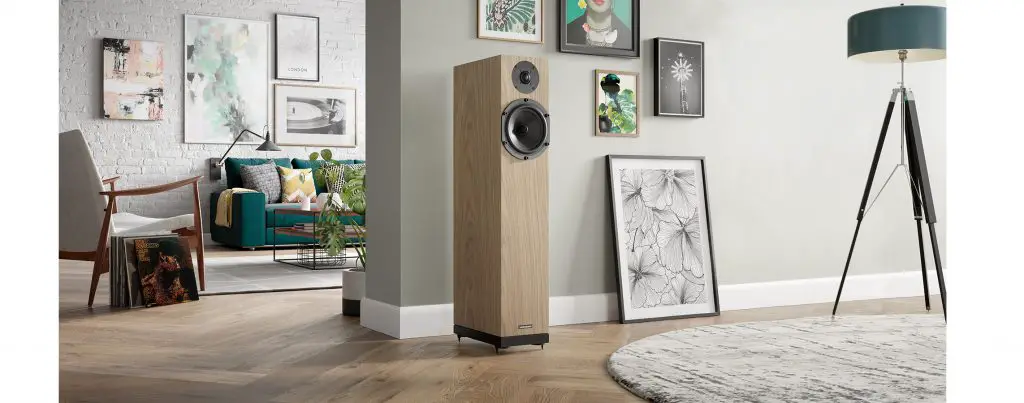
The most effective solution is the sub-band playback. The speaker factory produces different types of units. Some are only responsible for playing bass, called woofer. The midrange unit is called the midrange. The tweeter is solely responsible for playing high-frequency sound. Such an example can adopt a targeted design to make the performance of each unit better.
Therefore, although a full-band speaker can be used for design, for the above considerations, the design method of covering the entire audio frequency band with a combination of multiple units still accounts for the vast majority. How many units are used depends on how the audio range is divided. If it is simply divided into high and low (or middle and low), two speakers are enough. If it is divided into three sections: high, medium, and low, at least three units must be used.
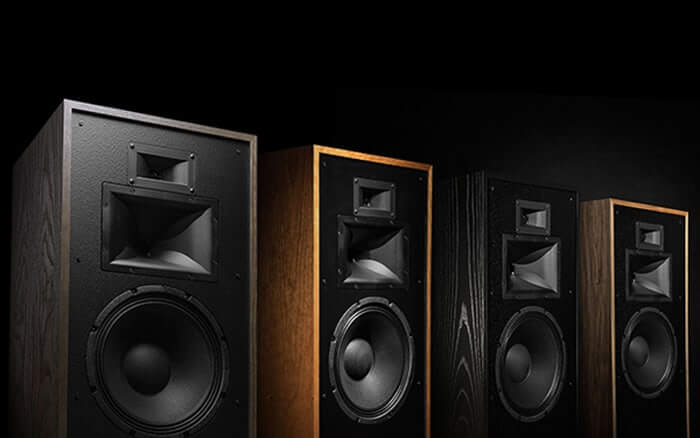
Now the design method of two low-frequency drivers working in parallel is also very popular, so that the total number of drivers may reach four. The frequency bands of some large speakers are more finely divided. If the driver is designed to work in parallel, the number of speaker units will be more. There is usually an “X Way X driver” solution in the information or manual of the speaker, which is a specific description of the number of frequency division channels of the speaker and the total number of drivers used. For example, “three-way four-driver” means that this is a three-way design speaker, and a total of four speaker units are used, and so on.
What is a crossover?
Because the speakers almost all adopt the design method of multi-unit sub-band playback. Therefore, there must be a device that can divide the full-band music signal sent by the power amplifier into the treble, bass output or treble, midrange, and bass output as required to connect with the corresponding speaker unit. The crossover is such a device. If the full-band signal is directly sent to the high, middle, and bass units without distribution, signals outside the unit’s frequency response range will adversely affect typical signal restoration.
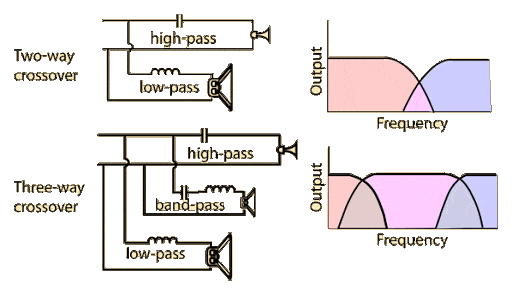
From the circuit structure point of view, the frequency divider is essentially an LC filter network composed of a capacitor and an inductor coil. The treble channel is a high-pass filter, which only passes high-frequency signals and blocks low-frequency signals. The bass channel is just the opposite. It only lets the bass pass and blocks this high-frequency signal. The midrange channel is a band-pass filter, except that the frequency between the two crossover points of one low and one high can pass. Both high-frequency components and low-frequency sounds will be blocked.
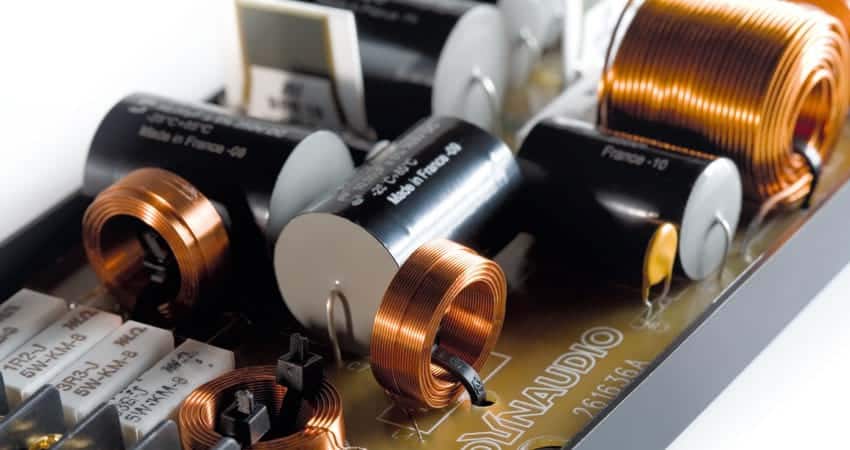
In the actual frequency divider, to balance the sensitivity difference between the high and low units, attenuation resistors are also added. Besides, some frequency dividers have added an impedance compensation network composed of resistors and capacitors. The purpose is to make the impedance curve of the speaker flat.
What are the types of speaker units?
There are many types of speaker units, and the classification methods are also different. If divided according to the electro-acoustic conversion principle, there are cone units, flat unit, dome unit, belt unit, and other types.
From the perspective of the frequency band covered, the speaker unit can be divided into a bass unit, a midrange unit, a tweeter unit, and a full-band unit.
At present, the most common bass unit and midrange unit mostly use cone-shaped diaphragms. This shape of the diaphragm has a sophisticated design and excellent performance. There are many kinds of diaphragm materials, including traditional paper diaphragms, diaphragms made of synthetic polymer materials, and diaphragms made of metal materials such as aluminum and magnesium.

The requirements for the diaphragm are muscular rigidity (not easy to generate split vibration), lightweight (good transient response), and appropriate internal damping characteristics (suppression of resonance). But these requirements are not easy to meet at the same time. The rigidity of the metal diaphragm is outstanding, but the damping is not excellent. The polypropylene diaphragm has taken good care of all aspects and has gained more applications in recent years.
In addition, some manufacturers use sophisticated processes to manufacture diaphragms, and the “sandwich” composite structure is one of them. The middle layer of the honeycomb structure is sandwiched between its upper and lower surfaces. The whole has high rigidity, and at the same time, has the characteristics of lightweight and excellent damping, which is very promising.
The tweeter is the most commonly used dome tweeter. The dome tweeter’s diaphragm can be made of metal materials (such as aluminum, titanium, beryllium, etc.) called a hard dome. It can also be made of soft fabric (such as silk and chemical fiber) called a soft dome. Generally, the high-frequency response of a hard dome is better, while the soft-dome has a softer sound.
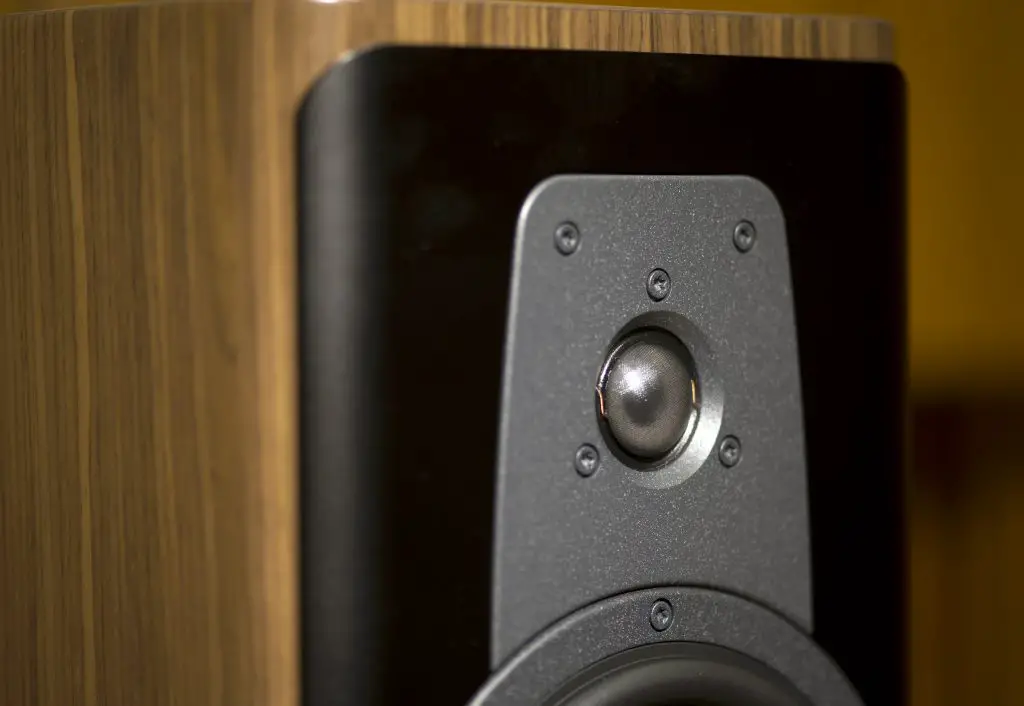
In recent years, band tweeters and electrostatic tweeters have also been applied. Their common advantage is that the diaphragm is particularly light, so the high-frequency response is excellent, and the sound is delicate and transparent. However, the production of these two tweeters is not as easy as the dome tweeter. The application is not very popular.
There is also a horn tweeter, which is composed of a dome-type driving part plus a horn. It is characterized by strong sound directivity and high efficiency. Therefore, it is widely used in speakers in the field of professional sound reinforcement. There is also a coaxial unit, which is a combination of bass and treble units.
What materials are used to make the speaker box?
The speaker box is generally made of wooden materials because the wood is easy to process. After the surface treatment, it can get the same texture as the furniture, and it is easy to coordinate with the living room environment. The most commonly used material is MDF board. This material has high strength, is not easy to deform, does not crack, and the surface is very smooth. It can be directly pasted with veneer or PVC without being polished.
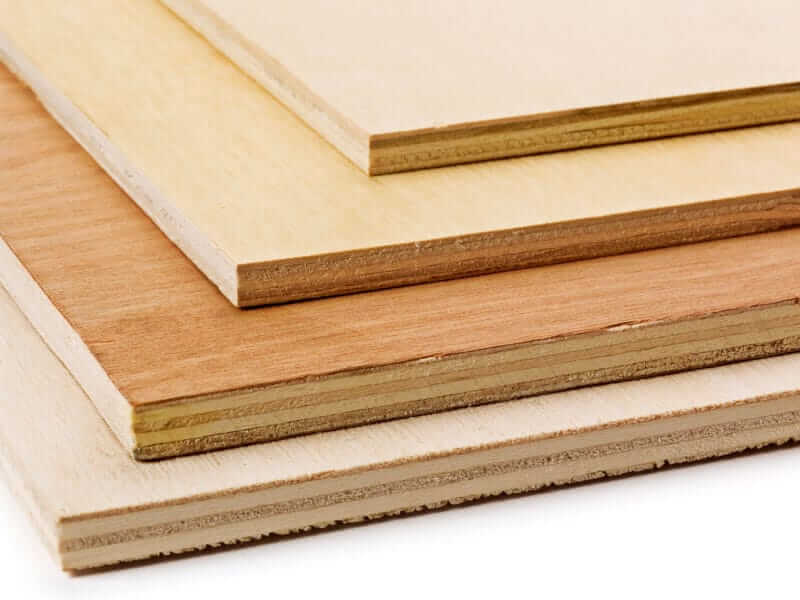
There are also boxes made of natural solid wood, but the cost of natural solid wood is relatively high, and it is easy to crack and deform due to improper handling. Therefore, it has been used less and less in recent years and is generally only used for high-end speakers. The main reason is that the texture of solid wood is relatively high (especially precious wood). Of course, the cabinet does not have to be made of wood. Plastic, metal, or even slate can be used, but speakers made of these materials are not common.
Is the sound of solid wood speakers better than MDF speakers?
Can’t say that. In theory, as long as the cabinet is strong enough not to vibrate, it makes no difference what materials are used. The sound of the speaker is mainly determined by the three elements of the speaker unit, the design of the cabinet structure, and the frequency divider, and it has nothing to do with whether the cabinet material is solid wood or artificial board, or even plastic or metal.
How are speakers classified?
The classification of speakers has different angles and standards. According to the speakers’ acoustic structure, there are sealed speakers, ported speaker, passive radiator speaker, etc.
Judging from the size and placement of speakers, there are floor-standing speakers and bookshelf speakers. The former is relatively large and is generally placed directly on the floor. Sometimes, shock-absorbing feet are also installed under the speaker. Since the floor-standing speaker has a large volume and is easy to use more massive and more bass units, its low frequency is usually better. Moreover, the output sound pressure level is high, and the power carrying capacity is strong. Therefore, it is suitable for occasions where the listening area is large or the requirements are more comprehensive.
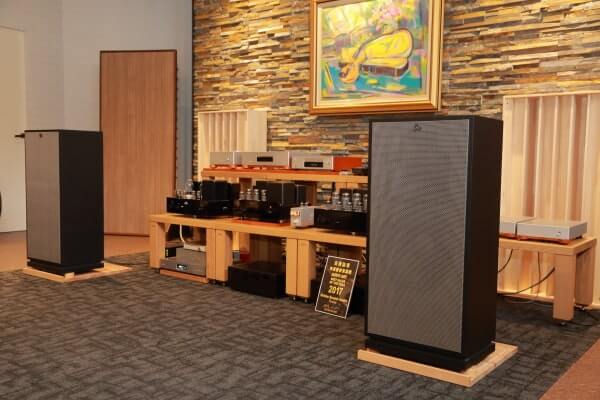
The bookshelf speaker is small and usually placed on the stand. The feature is a flexible placement and does not occupy space. However, limited by the volume of the cabinet and the size and number of the woofer, its low frequency is usually not as good as the floor-standing speaker. Carrying power and output sound pressure level is also smaller, suitable for use in smaller listening environments.
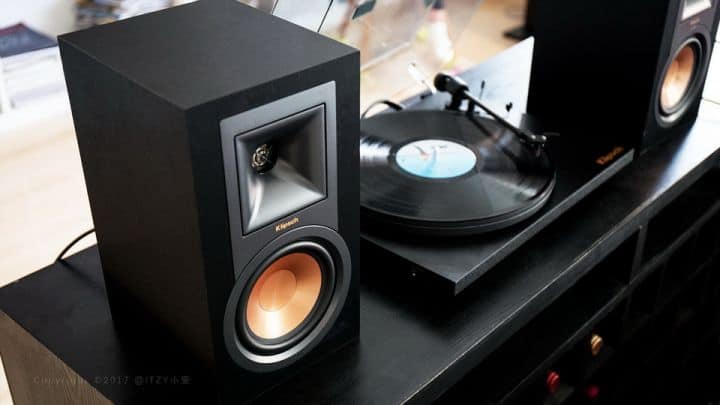
According to the presence or absence of a built-in power amplifier, it can be divided into passive speakers and active speakers. The former has no integrated power amplifier, and the latter has—the difference and selection of passive speakers and active speakers. Subwoofers are usually active.
What are the characteristics of passive radiator speakers?
The working principle of the passive radiator speaker is very similar to that of the ported speaker. Only the passive radiator replaces the port. The passive radiator structure is similar to the speaker unit, with a folding ring and a diaphragm that radiates sound waves. But, without a voice coil and a magnetic circuit system, the diaphragm’s movement is entirely affected by the cabinet to obtain a better low-frequency response. The efficiency is also high. But it also has characteristics different from ported speakers to overcome the problem of airflow noise. However, the passive radiator has a steeper low-frequency attenuation characteristic, which means that the transient response is worse than the ported speaker. American Polk Audio is the most representative manufacturer of passive radiator speakers.
